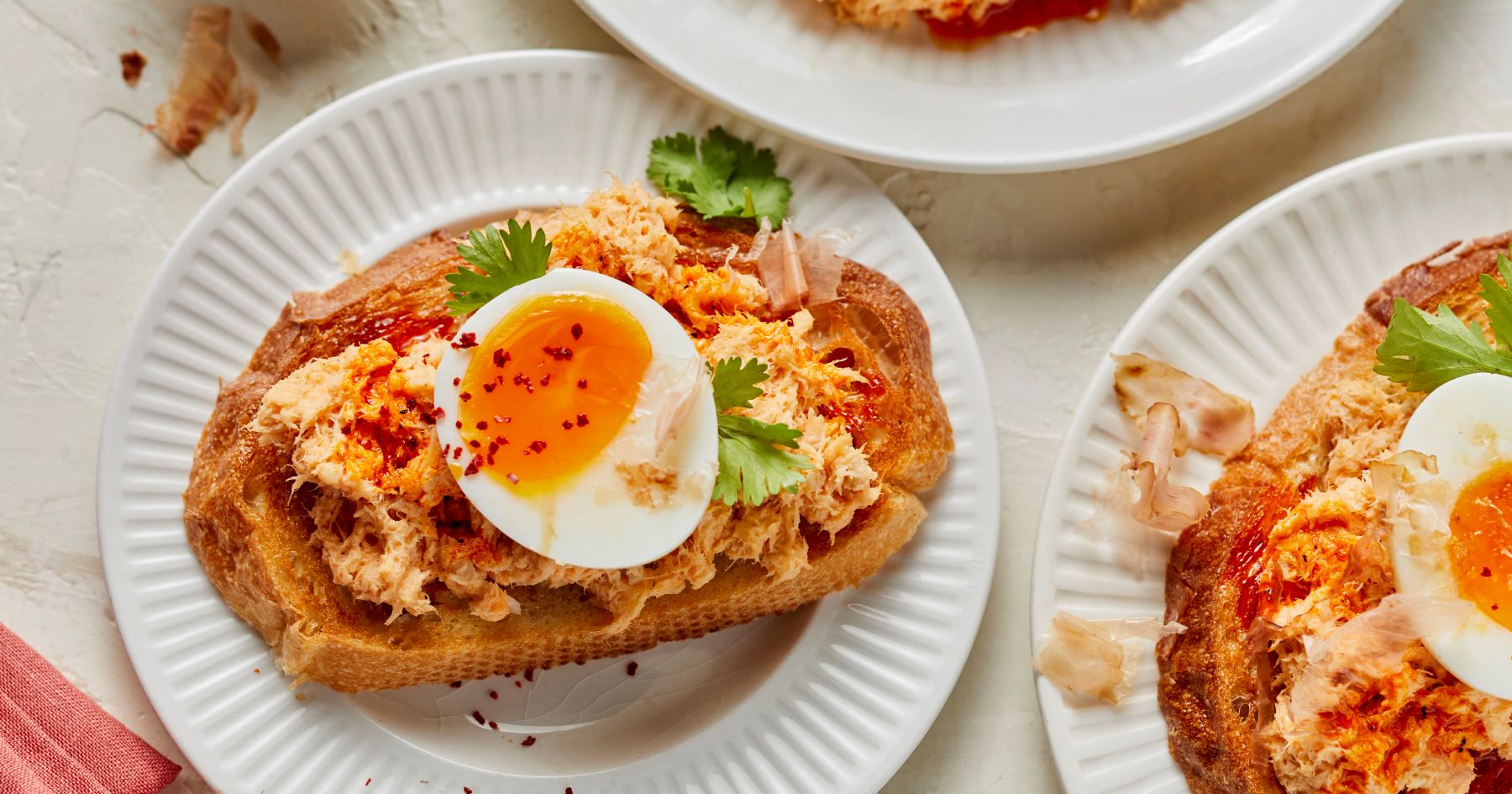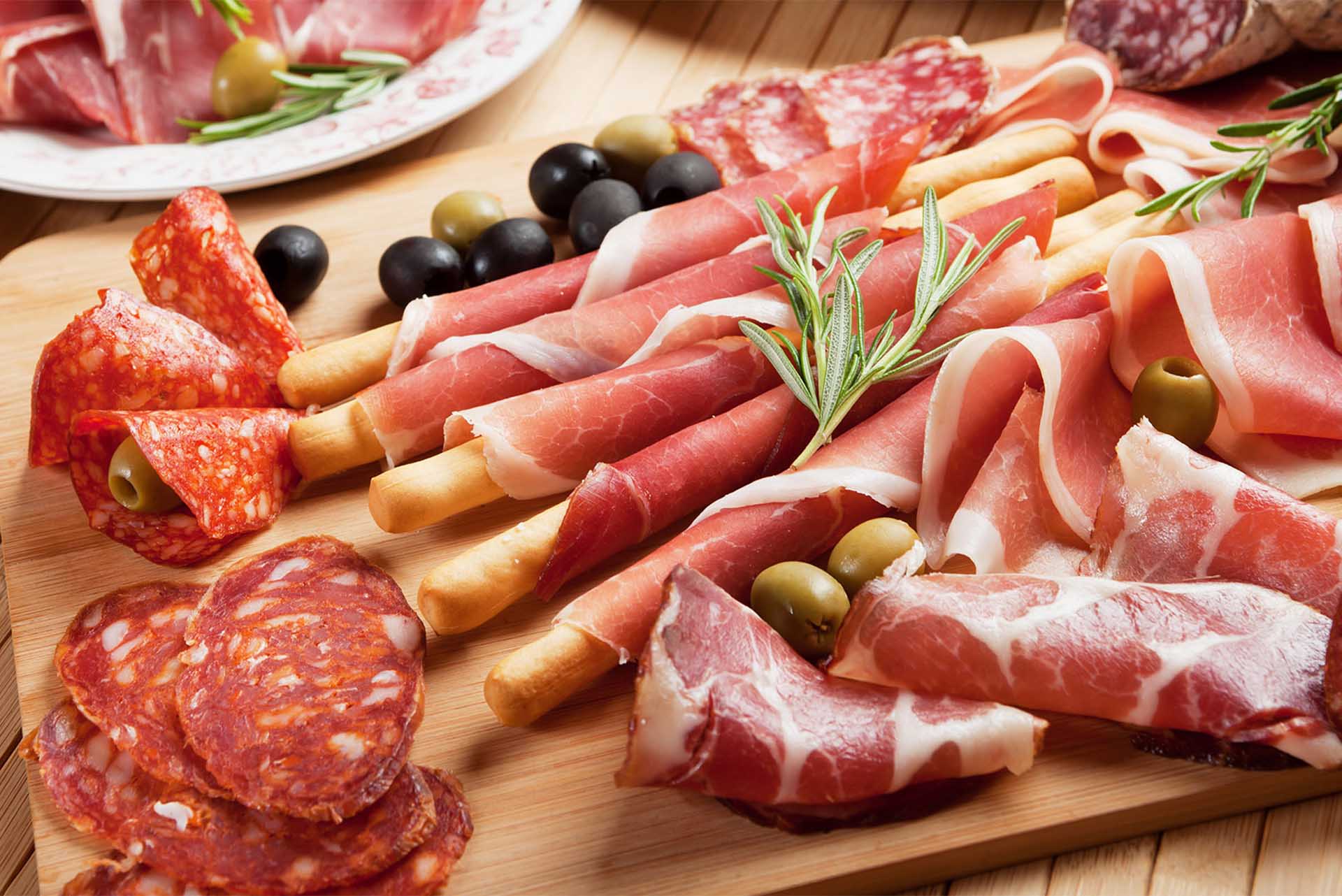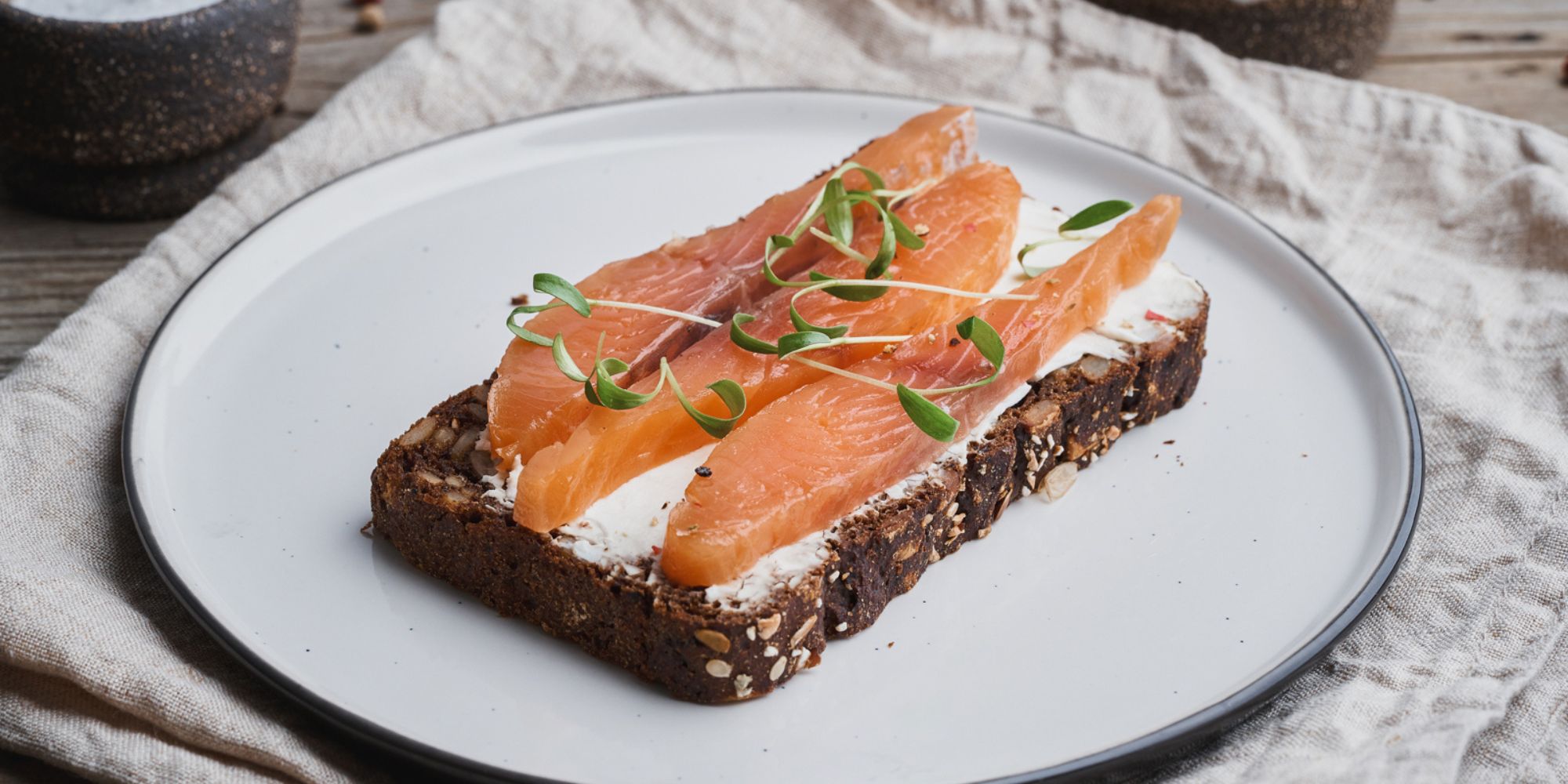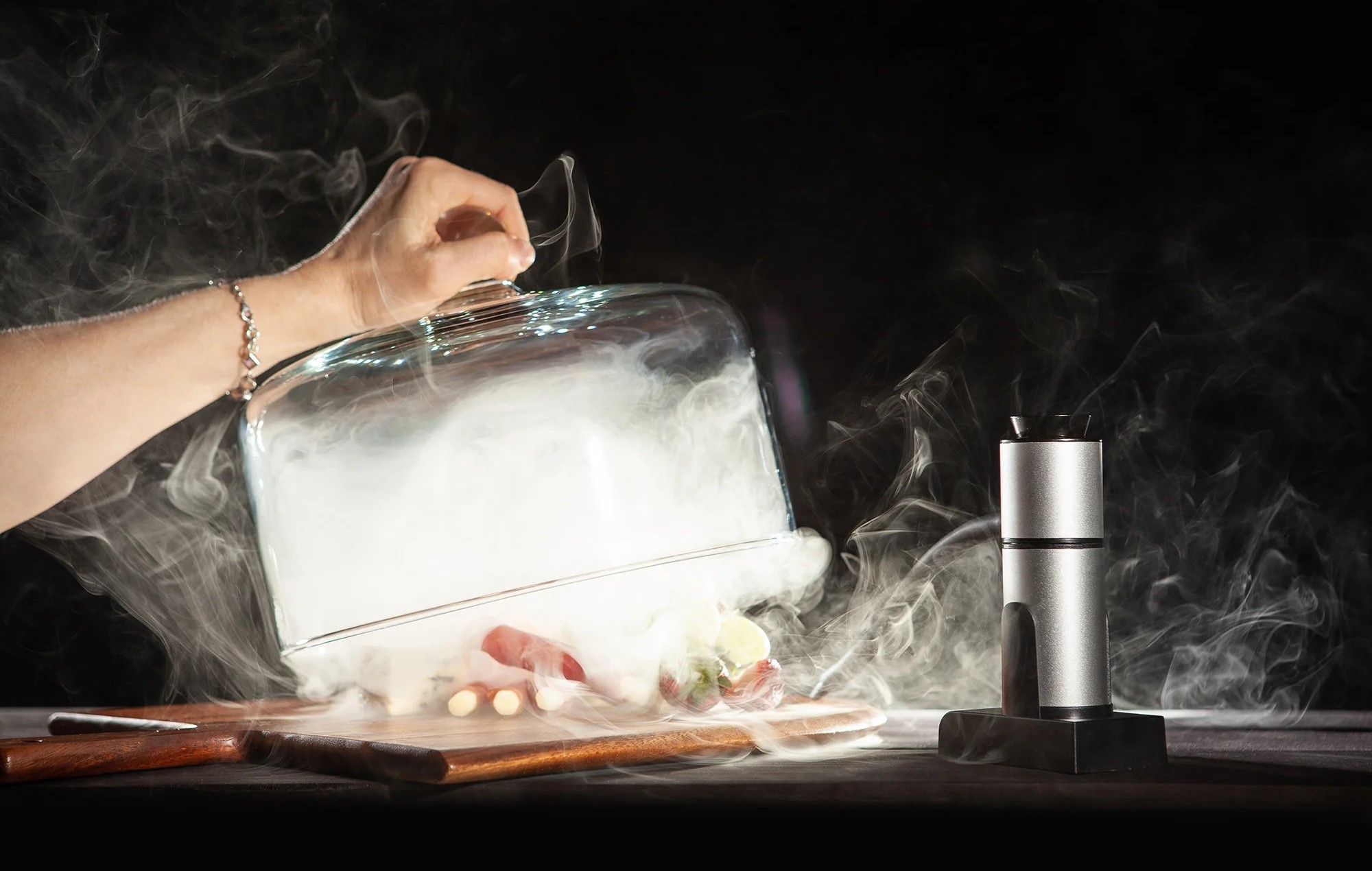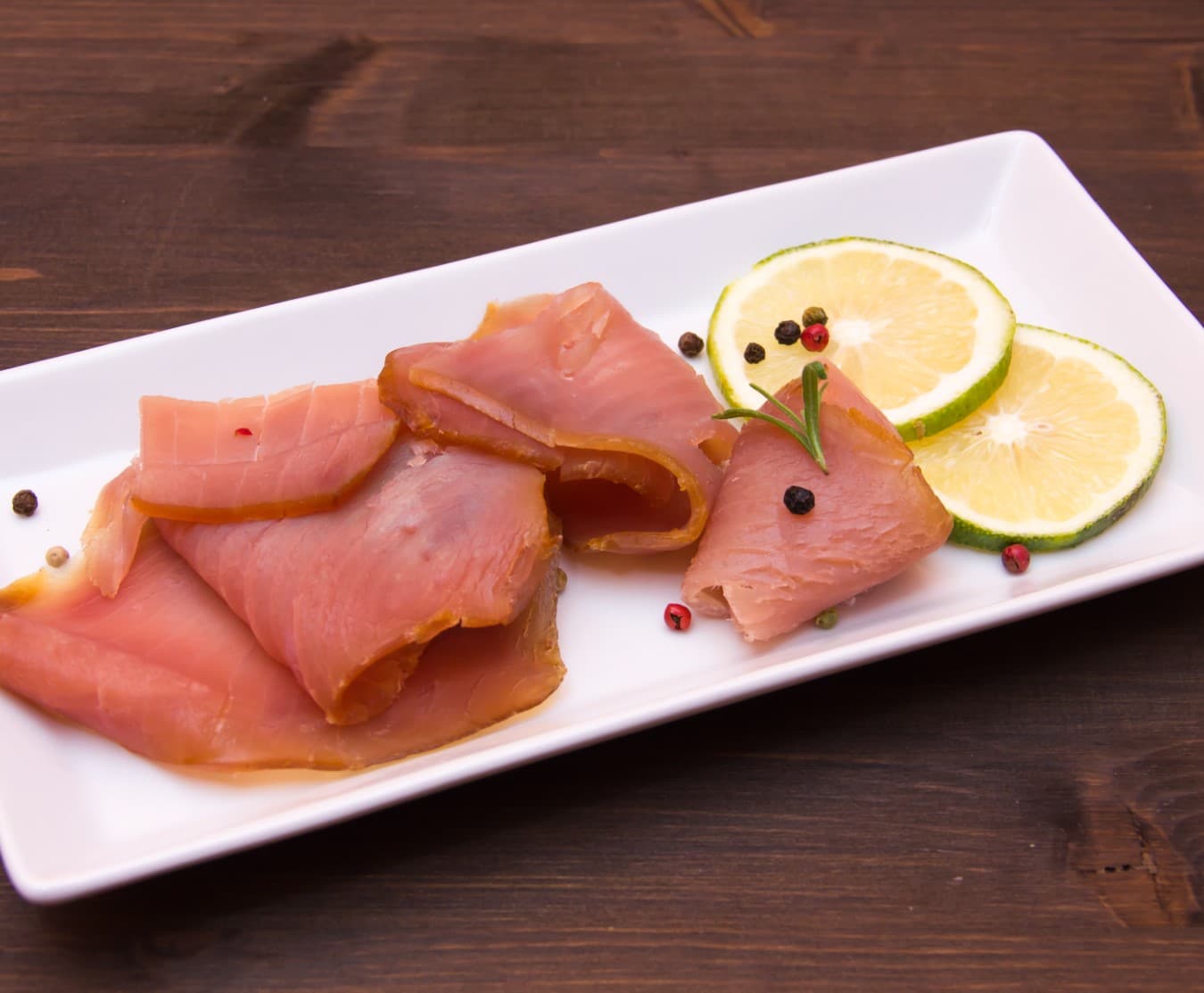Smoking fish is an age-old method used to preserve and enhance flavor. This technique, passed down through generations, involves curing fish with salt and then exposing it to smoke from burning wood. Different cultures have their unique methods, each adding distinct flavors and textures. From the rich, smoky taste of Alaskan salmon to the delicate, aromatic notes in Scandinavian fish, traditional smoking techniques offer a culinary adventure. Understanding these methods not only connects us to our culinary heritage but also provides delicious ways to enjoy fish. Let's dive into the fascinating world of traditional fish smoking techniques.
Essential Ingredients for Traditional Fish Smoking
Ingredients
- Fresh fish (mackerel, salmon, or trout)
- Salt
- Brown sugar
- Water
- Black pepper
- Garlic powder
- Onion powder
- Paprika
- Lemon slices
- Bay leaves
- Wood chips (hickory, apple, or cherry)
- Olive oil
Tools Required for This Technique
-
Smoking Chamber or Smokehouse
- A dedicated space where fish is exposed to smoke. Can be commercially bought or DIY constructed from materials like wood or metal.
-
Wood Chips or Sawdust
- Preferably from hardwoods like oak, hickory, or applewood. These provide the smoke that flavors the fish.
-
Smoking Racks or Grates
- Used to hold the fish in place during the smoking process. Ensure they are made of a material that can withstand high temperatures.
-
Charcoal or Electric Smoker
- Depending on preference and available resources. Charcoal smokers add a more traditional flavor, while electric smokers offer convenience and control.
-
Thermometer
- Essential for monitoring the temperature inside the smoking chamber to ensure it stays within the ideal range for smoking fish.
-
Meat Injector or Brining Bucket
- For introducing flavors into the fish before smoking. A meat injector is used for liquid marinades, while a brining bucket is for soaking the fish in a salt solution.
-
Chimney Starter (for charcoal smokers)
- Aids in lighting the charcoal efficiently and safely, ensuring an even heat source for smoking.
-
Fire Extinguisher
- Safety first. Always have a fire extinguisher nearby when working with open flames or heat sources.
-
Protective Gloves
- Heat-resistant gloves protect hands from burns when handling hot equipment or fish.
-
Brush or Sprayer for Moisture
- Used to apply a coat of oil or moisture on the fish during the smoking process to prevent it from drying out.
-
Aluminum Foil or Butcher Paper
- Useful for wrapping the fish to retain moisture, if desired, or for resting the fish after smoking before serving.
Traditional fish smoking involves curing fish with salt, then slowly cooking it over low heat using hardwoods like oak or hickory, imparting a rich, smoky flavor and preserving the fish.
The Importance of Traditional Fish Smoking
Traditional fish smoking preserves fish by removing moisture, which prevents spoilage. This method enhances flavor, giving fish a rich, smoky taste. Smoking also extends shelf life, making it easier to store and transport. These benefits make it a valuable technique in many cultures worldwide.
Fish smoking creates unique textures and flavors. The process involves curing, drying, and smoking, which infuses fish with aromatic compounds. This method has been passed down through generations, maintaining cultural heritage and culinary traditions.
Step-by-Step Guide to Traditional Fish Smoking
Exploring Traditional Fish Smoking Techniques
-
Selecting the Fish
- Choose fresh fish like salmon, trout, or mackerel.
- Ensure the fish is cleaned and scaled.
-
Brining the Fish
- Prepare a brine solution with water, salt, and sugar.
- Submerge the fish in the brine for 4-8 hours.
- Rinse the fish under cold water to remove excess brine.
-
Drying the Fish
- Pat the fish dry with paper towels.
- Place the fish on a rack in a cool, well-ventilated area.
- Allow the fish to dry until a pellicle forms, usually 1-2 hours.
-
Preparing the Smoker
- Choose a smoker (electric, charcoal, or wood).
- Preheat the smoker to 120-150°F.
- Add wood chips like hickory, apple, or alder for flavor.
-
Smoking the Fish
- Place the fish on the smoker racks.
- Maintain a temperature of 120-150°F for the first 2 hours.
- Increase the temperature to 175-200°F for the next 2-4 hours.
-
Monitoring the Process
- Check the internal temperature of the fish regularly.
- Fish is done when it reaches an internal temperature of 145°F.
- Ensure the fish has a golden-brown color and a firm texture.
-
Cooling and Storing
- Remove the fish from the smoker.
- Allow it to cool at room temperature.
- Store the smoked fish in an airtight container in the refrigerator.
-
Serving Suggestions
- Serve smoked fish with crackers, cheese, or fresh vegetables.
- Use it in salads, sandwiches, or pasta dishes.
-
Cleaning the Smoker
- Allow the smoker to cool completely.
- Remove ash and wood chips.
- Clean the racks and interior with warm, soapy water.
-
Safety Tips
- Always use fresh fish to avoid spoilage.
- Keep the smoker in a well-ventilated area.
- Monitor the smoker to prevent overheating or fires.
The Timeless Art of Fish Smoking
Traditional fish smoking techniques have stood the test of time for good reason. These methods not only preserve fish but also infuse it with rich, smoky flavors that are hard to beat. Whether you're using a simple backyard smoker or a more elaborate setup, the basics remain the same: fresh fish, quality wood, and patience.
Remember to experiment with different types of wood like hickory, apple, or cherry to find your preferred flavor profile. Also, don't forget the importance of proper brining and drying before smoking. These steps ensure your fish remains moist and flavorful.
So, next time you catch a fresh batch or buy some from the market, consider smoking it. You'll not only enjoy a delicious meal but also connect with a culinary tradition that has been cherished for generations. Happy smoking!
Common Questions About Traditional Fish Smoking
What types of fish are best for smoking?
Fatty fish like salmon, mackerel, trout, and herring are ideal. Their high-fat content absorbs the smoky flavor well, making them delicious.
How do you prepare fish for smoking?
Clean the fish thoroughly, remove any scales, and pat it dry. You can brine it in a saltwater solution for a few hours to enhance flavor and moisture.
What kind of wood should be used for smoking fish?
Hardwoods like hickory, oak, apple, and cherry work best. Avoid softwoods like pine, which can give the fish a bitter taste.
How long does it take to smoke fish?
Smoking times vary based on the size and type of fish. Generally, it takes about 2-4 hours at a temperature of 175-200°F (80-93°C).
Can you smoke fish without a smoker?
Yes, you can use a grill or even an oven with some modifications. Create a makeshift smoker by using a pan of water and wood chips to generate smoke.
How do you know when the fish is done?
The fish should be firm to the touch and have an internal temperature of 145°F (63°C). The flesh should flake easily with a fork.
How should smoked fish be stored?
Store smoked fish in the refrigerator for up to two weeks or freeze it for longer storage. Make sure it's wrapped tightly to prevent freezer burn.
